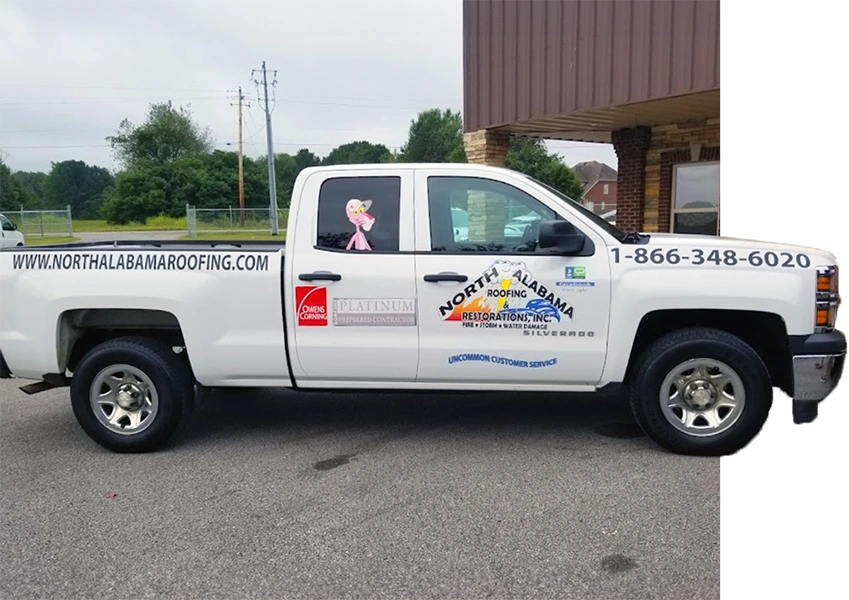Did you know a single gallon of water can weigh nearly 8.5 pounds? If left unchecked, it can cause a ceiling to collapse. The time it takes for a ceiling to collapse due to water damage depends on several factors. These include the leak’s severity, the ceiling material, and the environment.
Understanding how long it takes for a ceiling to collapse from water damage? is key for homeowners. It helps prevent hazards and ensures timely action.
Signs of water damage can show up in hours to a few days, especially with severe leaks. The drying process for water-damaged ceilings can take days to weeks. It’s important to act fast, using dehumidifiers, fans, and improving ventilation to speed up the process and reduce damage.
Key Takeaways
- A single gallon of water weighing almost 8.5 pounds can damage a ceiling if not addressed.
- The timeframe for a ceiling collapse due to water damage is affected by the leak’s severity and ceiling material.
- Water damage signs can appear within hours to a few days, particularly with severe leaks.
- A proper drying process can take several days to weeks, depending on the damage’s extent.
- Immediate measures, such as using dehumidifiers and fans, can expedite the drying process and minimize further damage.
- Ignoring ceiling leaks can lead to mold growth, structural damage, and electrical issues.
Signs of Water Damage and Potential Ceiling Collapse
Spotting early signs of impending ceiling collapse is key to avoiding big problems. Keeping an eye out can help you catch these signs early:
- Sagging or bowing sections of the ceiling mean serious structural trouble. If ignored, these spots might collapse completely.
- Seeing cracks or gaps in the ceiling is a warning sign of a bigger issue.
- Stains from water that won’t go away show moisture problems. This can cause cracks and even collapses.
- Strange noises like cracking or popping mean the structure is under stress. This stress often comes from water damage.
- Loose ceiling fixtures or feeling damp and soft to the touch means water has gotten in badly.
The damage from severe water damage effects on ceilings is huge. Water damage from bad construction, weather, or other causes needs quick action.
Getting help from experts to check these signs is smart. In places like Pittsburgh, where snow and weather changes hurt buildings, local pros are crucial.
It’s wise to hire skilled roofers for detailed checks. Checking the roof yearly and after big weather can spot damage early. This stops bigger problems and ceiling collapses.
Factors Affecting Ceiling Collapse Time
The time it takes for a ceiling to collapse due to water damage can change a lot. It depends on the quality of the building materials, how old the structure is, and how well it’s been maintained. Things like how much water is there or heavy things in the attic also play a role.
Bad construction or not taking care of the building can make a ceiling collapse faster. This can happen in just a few years. But, if a ceiling is well-made and well-kept, it can handle small leaks for a longer time without falling.
Signs like discolored marks, sagging, and paint cracking or peeling are important to watch for. These show that the structure is starting to weaken. It’s very important to fix water damage on the ceiling right away.
Ignoring these signs can make the problem worse. Moisture can weaken the materials, leading to a collapse sooner.
Unusual sounds like creaking or popping are also warning signs. They mean the ceiling is under stress.
Pros say getting help from professionals for expert water damage restoration is a good idea. They can fix small or big problems, like burst pipes. Fixing things early helps keep your ceiling safe and prevents a big collapse.
Conclusion
Acting fast when you see water leaks is key to avoiding big problems like a ceiling collapse. Water can damage a lot in just a few hours or days. So, it’s important to catch and fix leaks quickly.
Using dehumidifiers, fans, or opening windows can help control moisture. This is a crucial step to stop ceiling collapse.
It’s also smart to talk to structural experts to check and strengthen weak spots. Following building safety rules can help avoid ceiling collapse risks.
Mold can grow fast, in just 48 hours. This shows how urgent it is to act fast. It’s not just about protecting your home but also your health, as mold can cause breathing problems and other health issues.
By following these steps, you can keep your building safe and sound. Regular checks after repairs are also important to catch any new problems.






